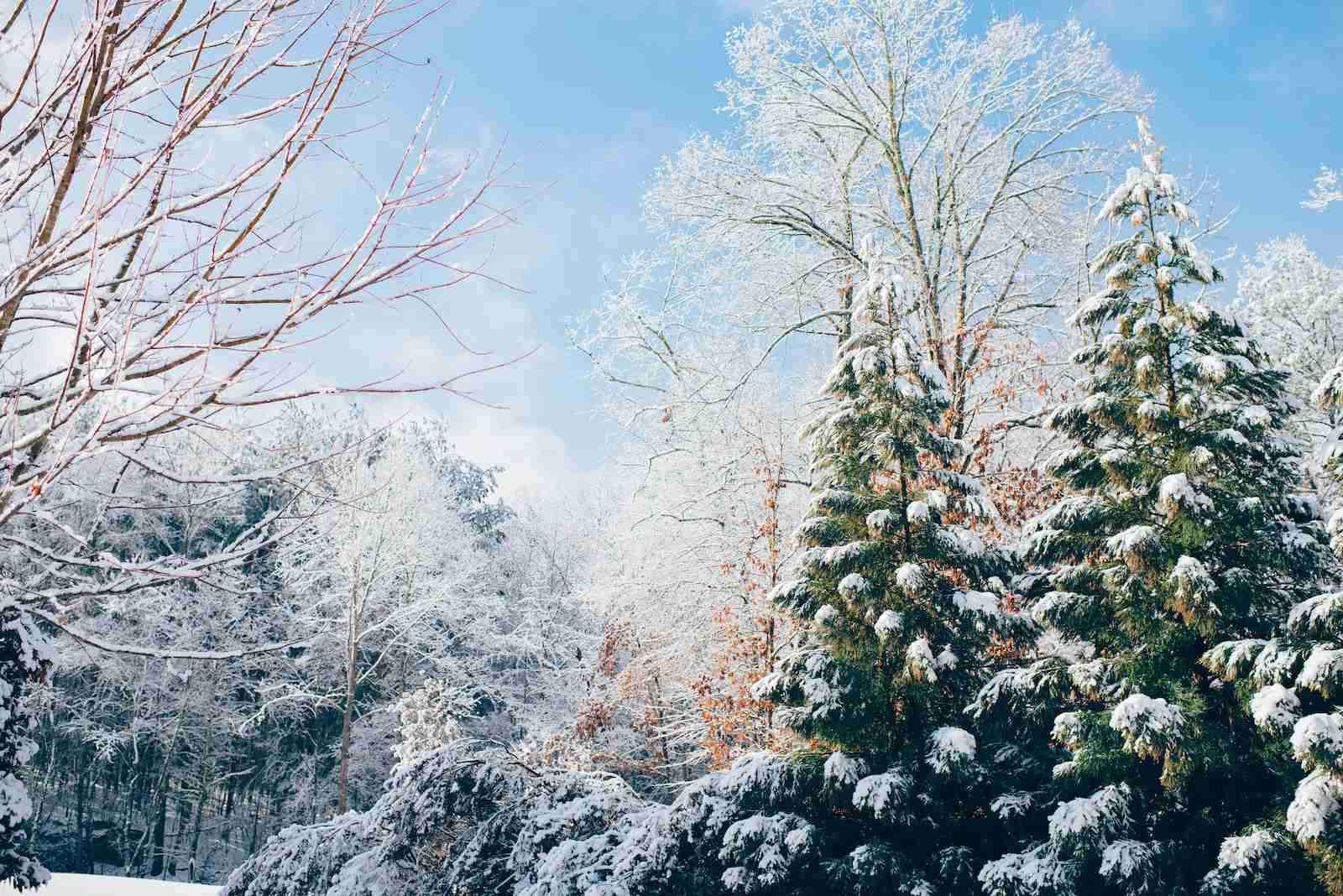24 Fun Facts About Winter | Chilly Season Wonders
1. Snowflakes aren’t always unique.
Contrary to popular belief, not all snowflakes are unique. In 1988, scientists found two identical snowflakes in a Wisconsin storm.
This discovery challenged the long-held assumption about snowflake individuality.
2. The coldest temperature ever recorded was -89.2°C.
This record low was measured at Vostok Station, Antarctica, in 1983. It remains the coldest temperature ever recorded on Earth’s surface.
Antarctica often records extreme temperatures during winter.
3. Winter lasts 21 years on Uranus.
Uranus has the most extreme seasons in the solar system. Each season lasts about 21 Earth years due to its tilted axis.
Winter on Uranus is dark and extremely cold.
4. Ice can sing.
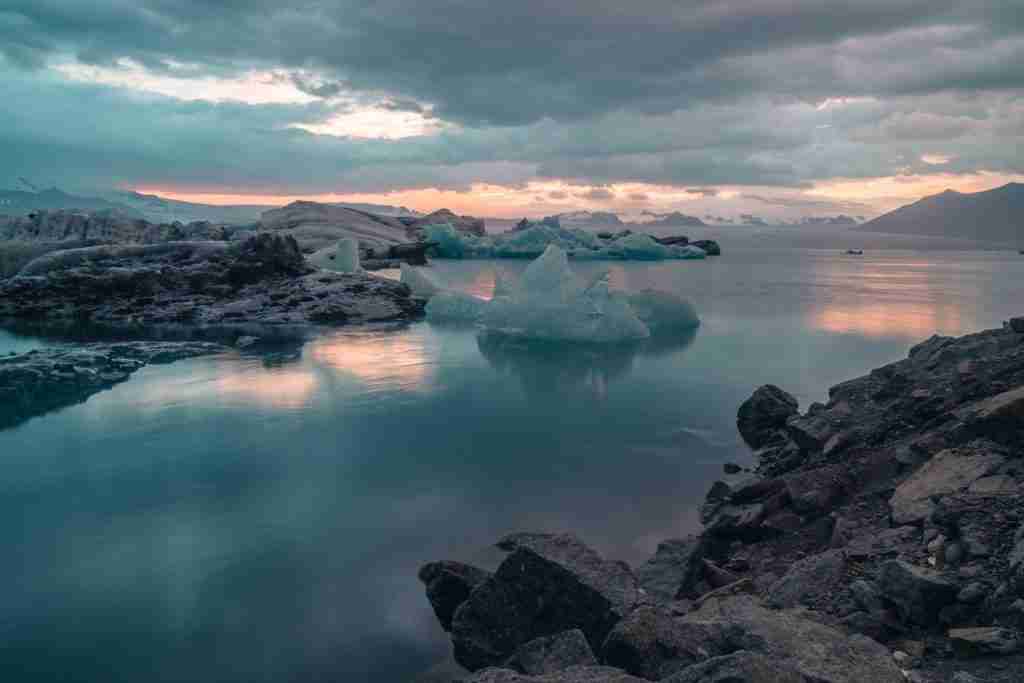
When a lake freezes, the ice can create a singing or drumming sound. This sound is caused by vibrations in the ice layers.
The phenomenon is most notable in large, clear bodies of water.
5. The largest snowflake recorded was 15 inches wide.
In 1887, a giant snowflake measuring 15 inches wide was reported in Montana, USA. This snowflake holds the record for the largest ever observed.
Typical snowflakes are much smaller, usually around a few millimeters in diameter.
6. Winter depression is a real condition, which is one of the fun facts about Winter.
Seasonal Affective Disorder (SAD) is a type of depression linked to the winter season. Reduced sunlight in winter can disrupt your body’s internal clock and lead to feelings of depression.
Light therapy is a common treatment for SAD.
7. Chionophobia is the fear of snow.
Chionophobia is a specific phobia involving an extreme dislike or fear of snow. This can be particularly challenging for individuals living in snow-prone areas.
Like other phobias, chionophobia can be treated with therapy.
8. Earth is closest to the sun in winter.
In the Northern Hemisphere, Earth is closest to the sun during winter. This point, known as the perihelion, occurs in early January.
Seasons are caused by the Earth’s tilt, not its distance from the sun.
9. The snowiest city on Earth is Aomori City in Japan.
Aomori City in Japan receives more snowfall than any other major city on Earth. It averages about 26 feet of snow each year.
This heavy snowfall is due to cold Siberian winds and moisture from the Sea of Japan.
10. Snow can be different colors.
Snow isn’t always white. It can appear pink in the Arctic and green in coastal Antarctica due to algae.
The color of snow can be influenced by environmental factors and microorganisms.
11. Winter babies are more likely to live to 100.
Studies suggest that people born in winter are more likely to live to 100. The reasons behind this longevity are still being researched.
It’s hypothesized that seasonal variations at birth may influence long-term health.
12. Frost flowers can form on ice.
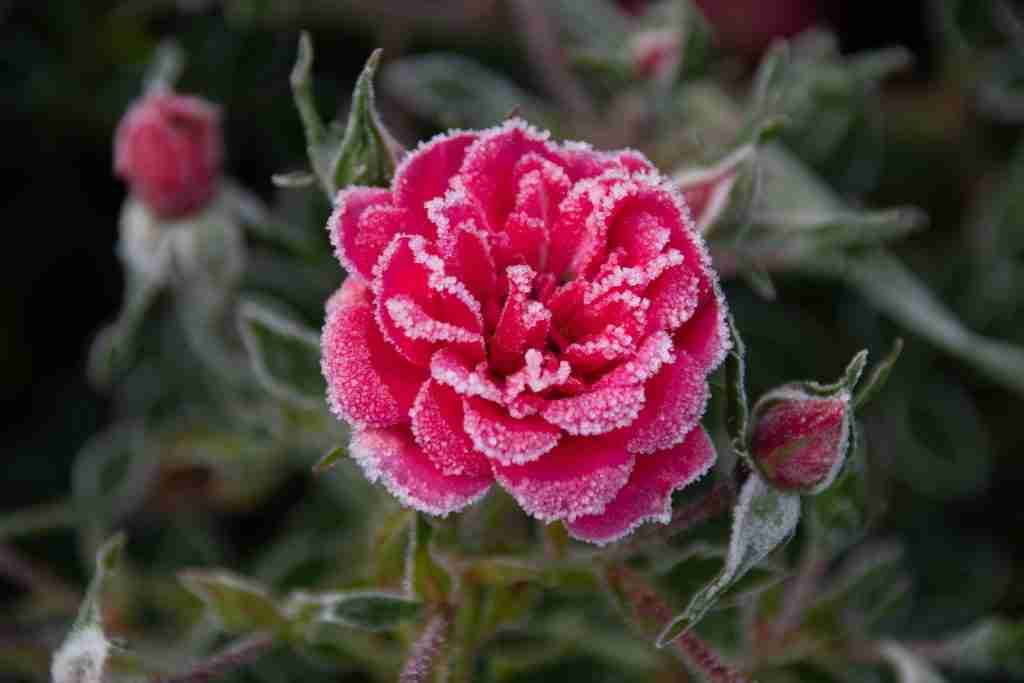
Frost flowers are intricate ice formations that occur on calm ocean or lake surfaces. They form when the air is much colder than the underlying ice.
These delicate structures resemble flowers and are a rare winter phenomenon.
13. There’s a World Snowman Day.
World Snowman Day is celebrated on January 18th. It honors the joy and creativity associated with building snowmen.
The day encourages people to enjoy winter activities and snowman-making.
14. The concept of “snow days” originated in the U.S.
“Snow days,” when schools close due to heavy snowfall, started in the United States. They ensure the safety of students and staff during severe winter weather.
Today, snow days are common in many countries with heavy winter snowfall.
15. Some trees can explode in winter.
In frigid temperatures, the sap inside trees can freeze and expand. This expansion can sometimes cause the tree trunk to split or even explode.
This rare event is more likely in trees with high water content.
16. Snowflakes form around tiny particles.
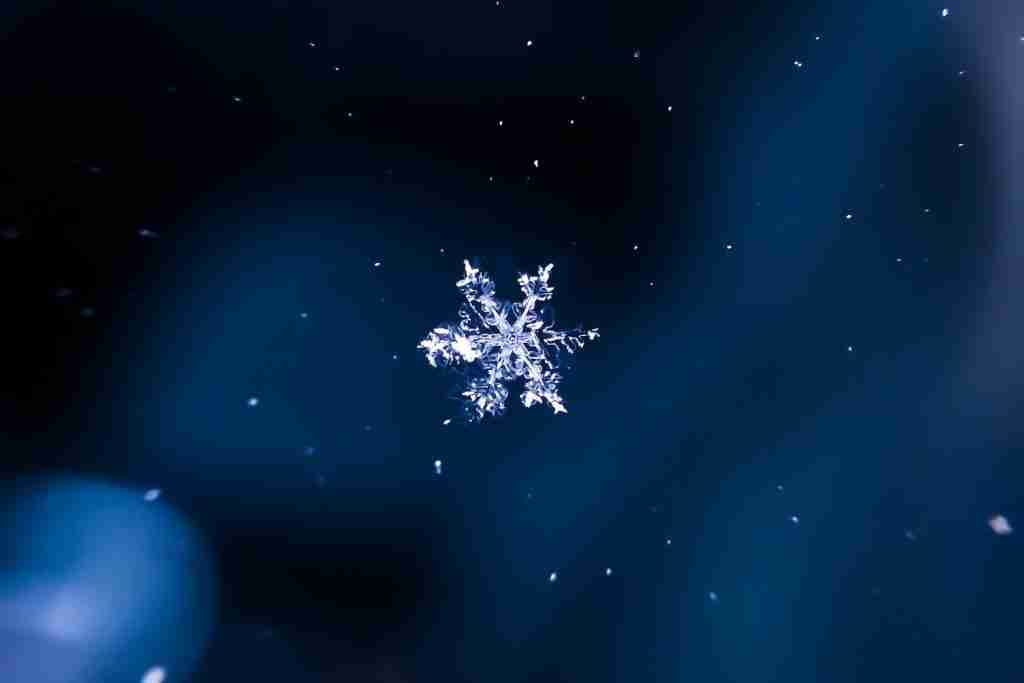
Every snowflake begins as a dust or pollen particle in a cloud. Water vapor freezes onto this particle, forming a crystal.
This process creates the snowflake’s unique, symmetrical pattern.
17. What is the definition of winter?
Winter is one of the four seasons with colder temperatures, shorter days, and longer nights. It is the season that follows autumn and precedes spring.
18. Icicles can form in different shapes.
Icicles can vary greatly in shape and size, depending on temperature and water flow. Under certain conditions, they can form spirals or curves.
These frozen formations are a common sight on eaves and branches in winter.
19. Winter stars appear brighter.
In winter, the night sky often seems clearer and stars appear brighter. This is due to the cold air being less dense and holding less moisture.
Clear winter nights are ideal for stargazing.
20. Animals change behavior in winter.
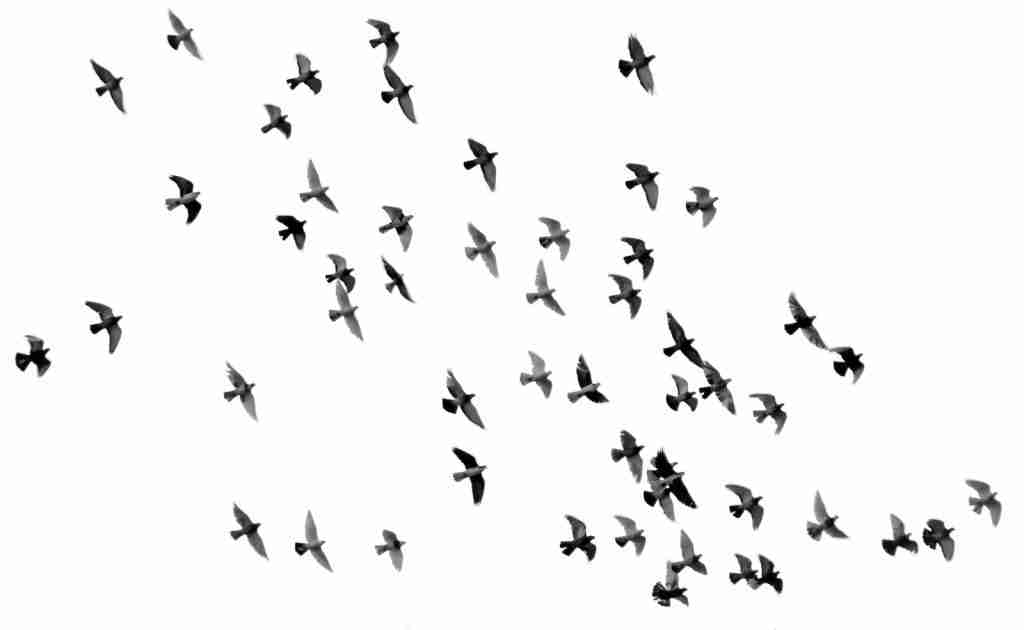
Many animals adapt their behavior to survive winter. Some hibernate, while others migrate to warmer areas.
These adaptations are essential for their survival in colder climates.
21. The largest snowman ever built was 122 feet tall.
In 2008, the town of Bethel, Maine, USA, built the world’s largest snowman. It stood at an impressive 122 feet tall.
This snowman was a snowwoman named Olympia.
22. Certain flowers bloom in winter.
Despite the cold, some flowers like winter aconite and snowdrops bloom in winter. These flowers can survive and even thrive in cold temperatures.
They add color and life to winter landscapes.
23. Days start to lengthen after the winter solstice.
The winter solstice, the shortest day of the year, marks a turning point. After this day, daylight hours start to increase gradually.
This solstice is celebrated in various cultures as a sign of the coming spring.
24. Winter swimming is popular in some cultures.
In countries like Finland and Russia, winter swimming in icy waters is a tradition. This activity is believed to have health benefits, including improved circulation.
A warm sauna session often follows winter swimming.
FAQs
Winter sayings often convey the beauty and challenges of the season. Examples include “Let It Snow” and “Winter Wonderland.”
The official start of winter varies based on the calendar and location. In the Northern Hemisphere, winter typically begins around December 21st, marking the winter solstice.
A winter storm is a weather event characterized by significant precipitation in the form of snow, sleet, or freezing rain. It often brings challenging conditions and can impact travel and daily life.
The winter solstice is the shortest day and longest night of the year. It occurs around December 21st in the Northern Hemisphere, marking the point when the North Pole is tilted farthest from the sun.
Winter traditions vary across cultures and regions. They may include celebrations for holidays like Christmas and Hanukkah, winter sports, and festive gatherings.

